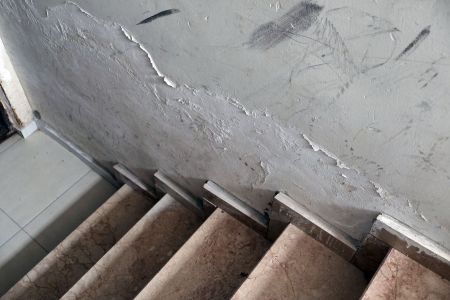Understanding the Role of Moisture in Mold Production
Tips for Spotting Mold Caused by Winter Moisture
Often thought of as only a spring or summer issue, mold can occur any time during the year. The cold months bring unique challenges in managing indoor moisture levels, which, if not handled properly, can lead to mold growth. Understanding how moisture contributes to mold production and recognizing early signs of mold due to winter moisture are crucial steps in maintaining a healthy home environment.
The Connection Between Moisture and Mold
Mold thrives in damp, humid conditions. Contrary to popular belief, winter can create an ideal breeding ground for mold. Home heating systems often lead to a significant temperature difference between indoor and outdoor environments. This disparity can cause condensation on windows, walls, and other surfaces, providing the moisture mold needs to grow.
Additionally, everyday activities like cooking, showering, and drying clothes indoors can increase indoor humidity when ventilation is lacking. Without adequate ventilation, this moisture accumulates, fostering mold development.
Spotting Mold in Winter Months
Identifying mold in its early stages during the winter is vital to preventing its spread. Common indicators include a musty odor, visible growth on walls, ceilings, or corners, and discoloration of surfaces. Mold can appear in a wide color range, such as black, gray, green, or white, and often grows in patches. Wallpaper may lose adherence or have random areas that appear bubbled.
Preventative Measures for Homeowners
Homeowners can take steps to limit the potential for mold growth due to winter moisture. First, maintaining a balanced indoor humidity level is crucial. Dehumidifiers and ensuring proper ventilation, especially in high-moisture areas such as bathrooms and kitchens, can significantly reduce interior humidity.
In winter, pay extra attention to areas where moisture is prevalent. Regularly inspecting and cleaning potential mold hotspots is essential. This examination includes areas prone to condensation, such as windowsills and bathroom walls. Ensuring that your home has adequate insulation can reduce the temperature difference that leads to condensation. Furthermore, fixing leaks promptly and keeping the house dry are simple yet effective strategies. Wet surfaces should be dried immediately, and leaky pipes or roofs should be repaired as soon as they are noticed. AdvantaClean can inspect and help with any of these issues in your home.
Understanding the role moisture plays in mold production and how to spot signs of mold due to winter moisture is critical for homeowners. Homeowners can effectively combat mold growth during winter by recognizing the connection between moisture and mold and implementing preventative measures. Staying vigilant and maintaining a dry, well-ventilated home are the keys to a healthy living environment free from mold.

If you spot the signs of a mold infestation or need assistance with winter moisture issues in your home, contact AdvantaClean for prompt damage restoration and elimination of the cause.